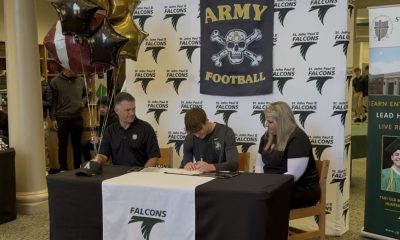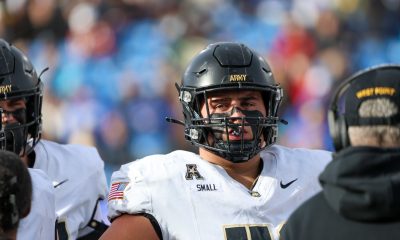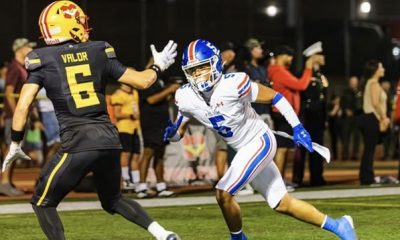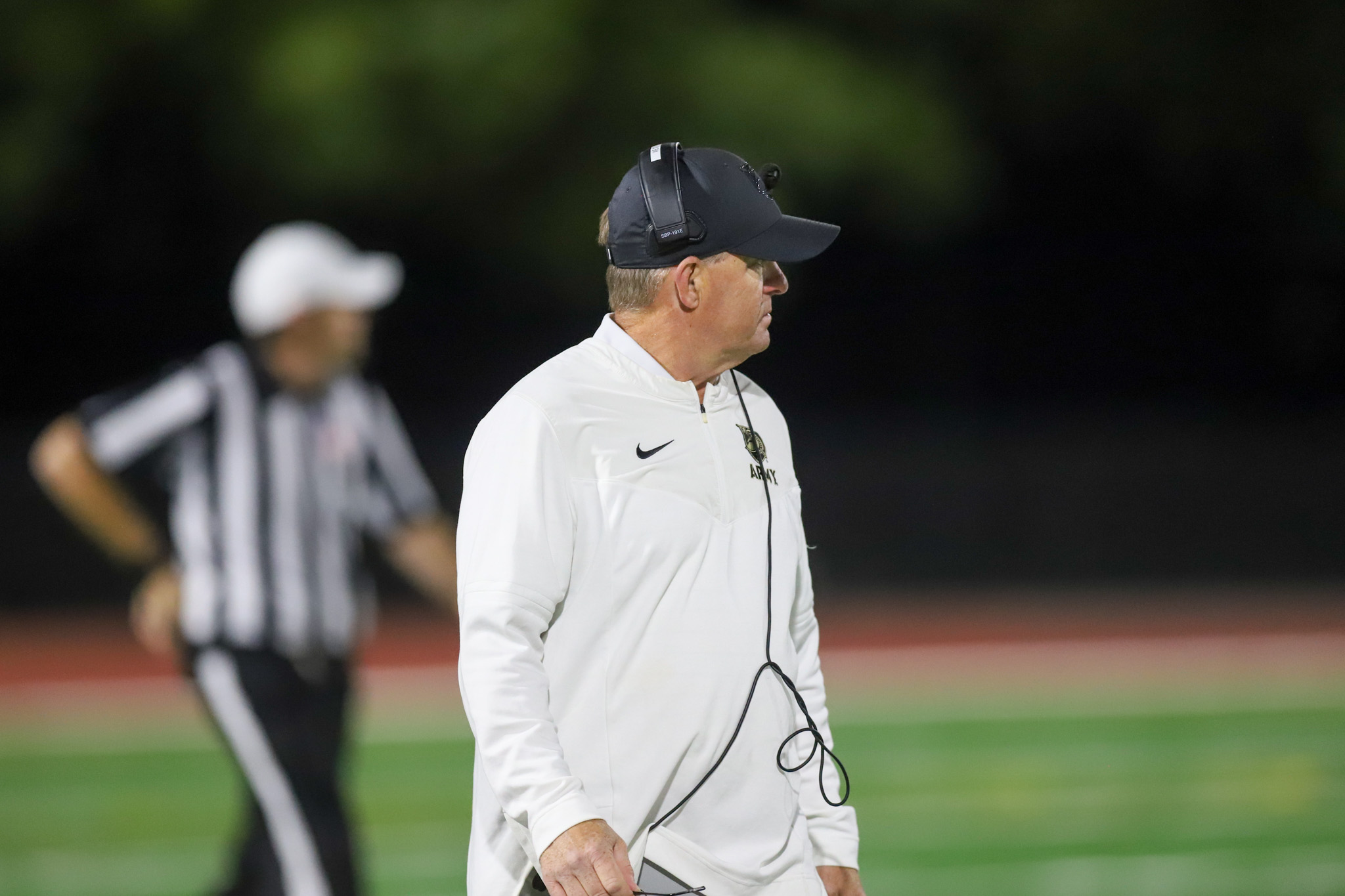Under the radar Saturday, Army will once again face off against arch-rival Navy to determine the champion of the Collegiate Sprint Football League.
The Black Knights have won or shared 37 Collegiate Sprint Football League and Eastern Lightweight Football League championships since the school started competing in the sport in the late-1950s. Only Navy, with 40 solo or shared championships, has more.
Starting at 1 p.m. at Shea Stadium at West Point, the undefeated Black Knights, the league’s defending champion, hosts undefeated Navy, which had won the title the previous three years. Both teams are 7-0 this season.
So what is sprint football? “It is a full contact sport that abides by NCAA rules and where everything is just like regular football with the sole exception that all players must weigh 178 pounds or less four days prior to the game and again two days prior to the game,” said Army coach Mark West, who took over the reins of the sprint team in 2008. “The league was created in the 1930s by mostly Ivy League teams and the original weight limit was 150 pounds. It was created to give the little guy a chance to play college football.”
Over the years, teams have come and gone. Princeton, Columbia, Villanova and Rutgers have dropped sprint and a number of smaller schools, including St. Thomas Acquinas from nearby Sparkill, N.Y. and Caldwell (N.J.) College have added the sport.
Army and Navy now play in the 9-team Collegiate Sprint Football League, along with Penn and Cornell from the Ivy League and the other schools scattered around the Northeast. Penn’s title in 2016 was the last time Army or Navy did not win the league championship.
A second league, the six-team Midwest Sprint Football League, started playing in 2022, and there has been talk about the two leagues having some kind of national championship game in future seasons.
The weight limit has also increased over the years. It went to 158 pounds in the 1980s, to 165 pounds in the mid-1990s to 172 and, finally, to 178 in 2017.
“The weight limit means you have to have a different strategy with the sprint team than with traditional football,” West noted. “Speed plays a big part of this, but you still have to be physical and strong and that means spending a lot of time in the weight room. How often do you see a defensive tackle running down a running back (in traditional football)? Yet in our league a defensive tackle may be just as fast as a running back and that is what makes our sport so unique.”
West said that Army first got involved with sprint football in 1957 when Eric Tipton started the program to get more cadets involved in intercollegiate sports.
“He saw it as another outlet for students at West Point who were good football players but could not make the Division 1 team,” West noted. “Obviously, we have had a lot of success through the years. We also have a lot of alumni support and our current players know that they are out there to not let the alumni down.
“For some of these other teams, especially the five Division III programs in the league, it helps with enrollment and lets them run a football program on a limited budget. The league prohibits off-campus recruiting and there is actually no budget for recruiting at all.”
Because the service academies dominate the league, the league recently decided to have Army and Navy play their game on the last week of the season.
“We get decent crowds for the other games, mostly families, some local people and friends of the players,” West said. “When we host Navy, it can be standing room only which means as many as 2,000 people.”
West, a 1991 graduate of the academy, is a great example of how Army sprint football builds its teams. A high school football player, a sprint coach found him in the mess hall and convinced him to try out for the team.
“I gave it shot and played three years at quarterback and loved it,” West said. “I like to share that story because it shows everyone here that they have another opportunity to play a sport that they love and get away from the stuff in the barracks and take a break from academics and enjoy playing a sport that is a lot of fun.
“The kids who play on the team and our coaches are here for all the right reasons, just like the players on our Division I team,” he explained.
“We love the game and love playing the game. We don’t need the spotlight or the NIL money. We are not out seeking fame. We just want to have a good time playing football and win some games.”
His family has followed suit. Junior Kyle West is currently the starting quarterback on the sprint team. Older brother Keegan, in the class of 2019, was also the quarterback. His daughter Lexi graduated from West Point in 2021 and played lacrosse, and youngest daughter Daisy is a freshman on the soccer team. Holly, his wife, graduated from nearby James I. O’Neill High School in Highland Falls, N.Y. and also graduated from the academy in 1991 and played soccer.
“The bottom line is that the beauty of sprint football is that it allows the smaller athlete an opportunity to play football at the college level,” he said. “All the other stuff that surrounds Division I football, the money, transfer portal and the NIL, does not exist at our program. It is the pure essence of the game. I am coaching young men who play without the distractions going on in Div. I.”













